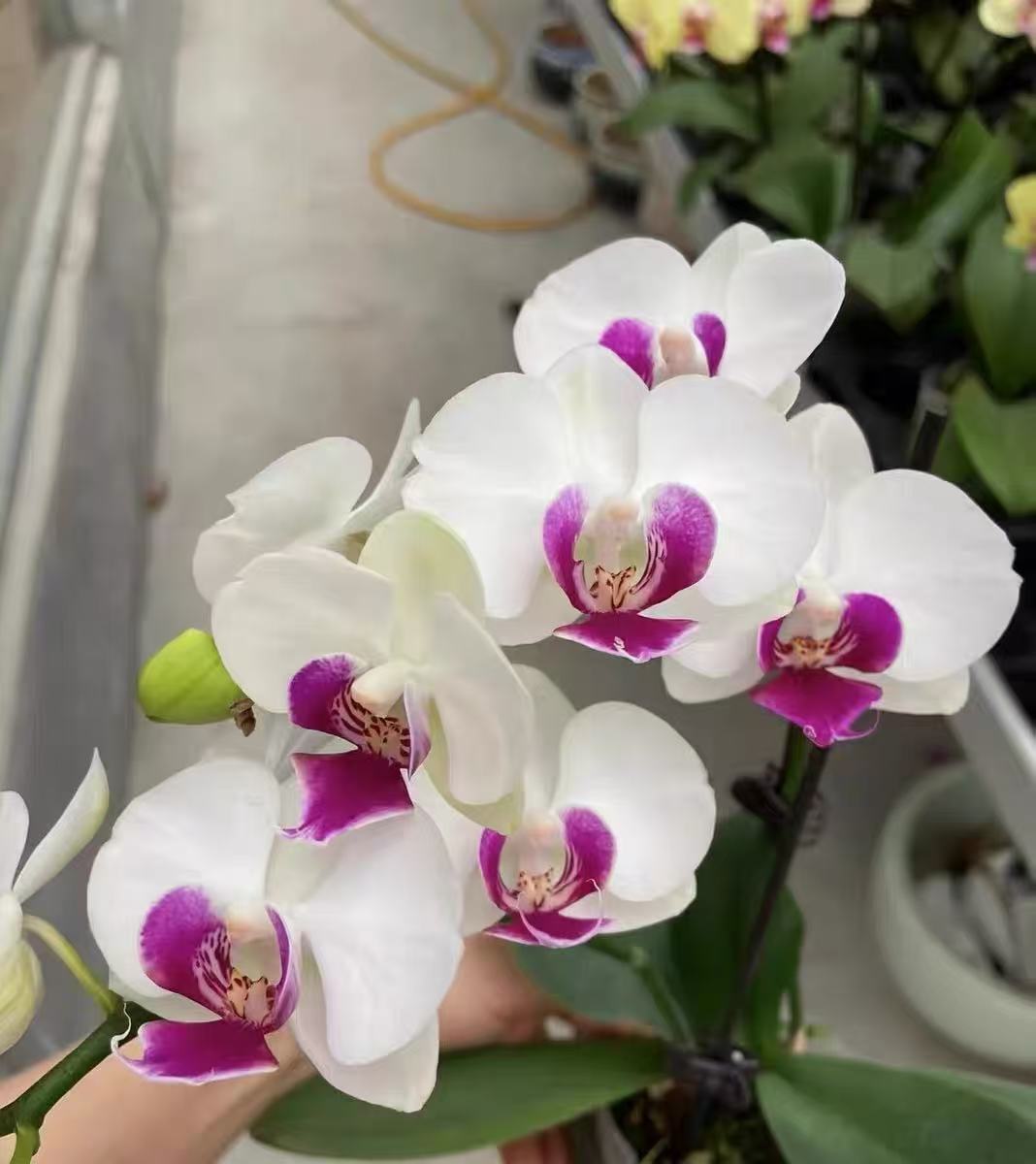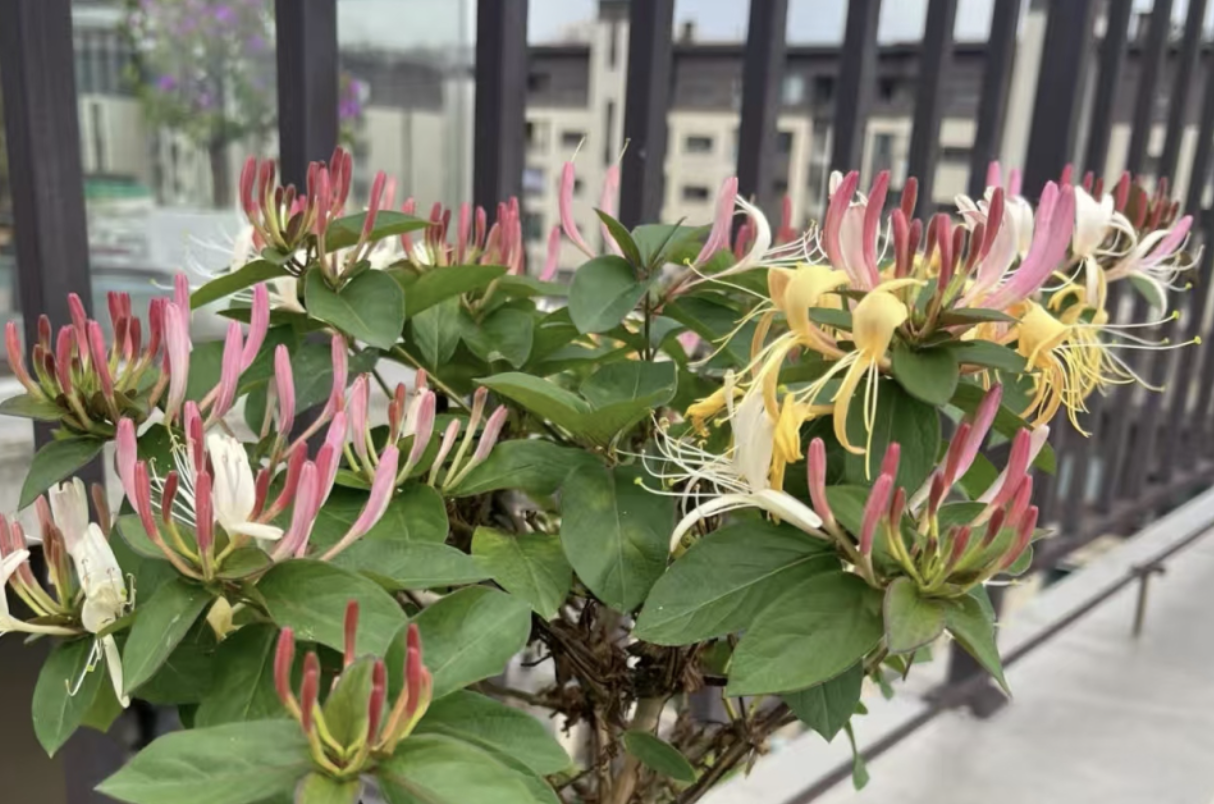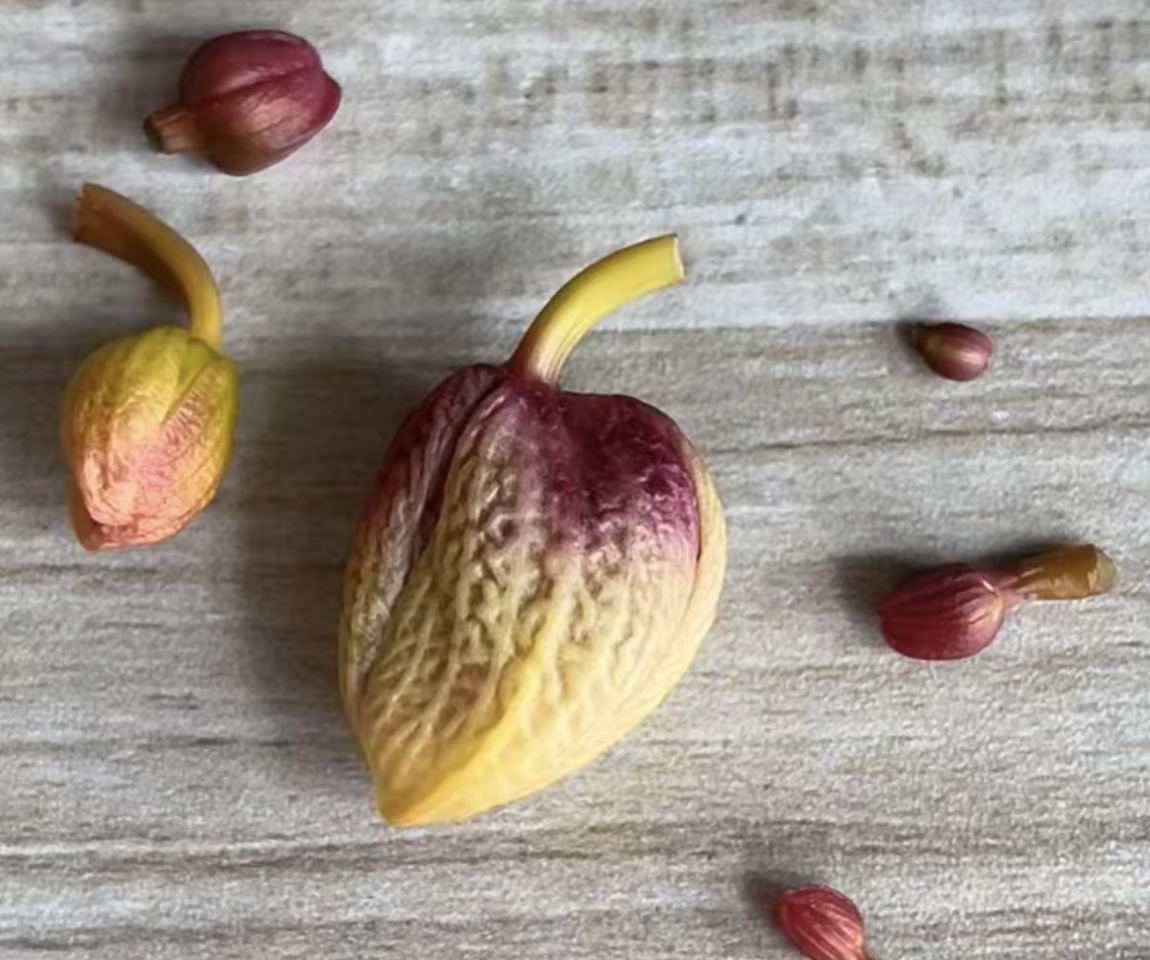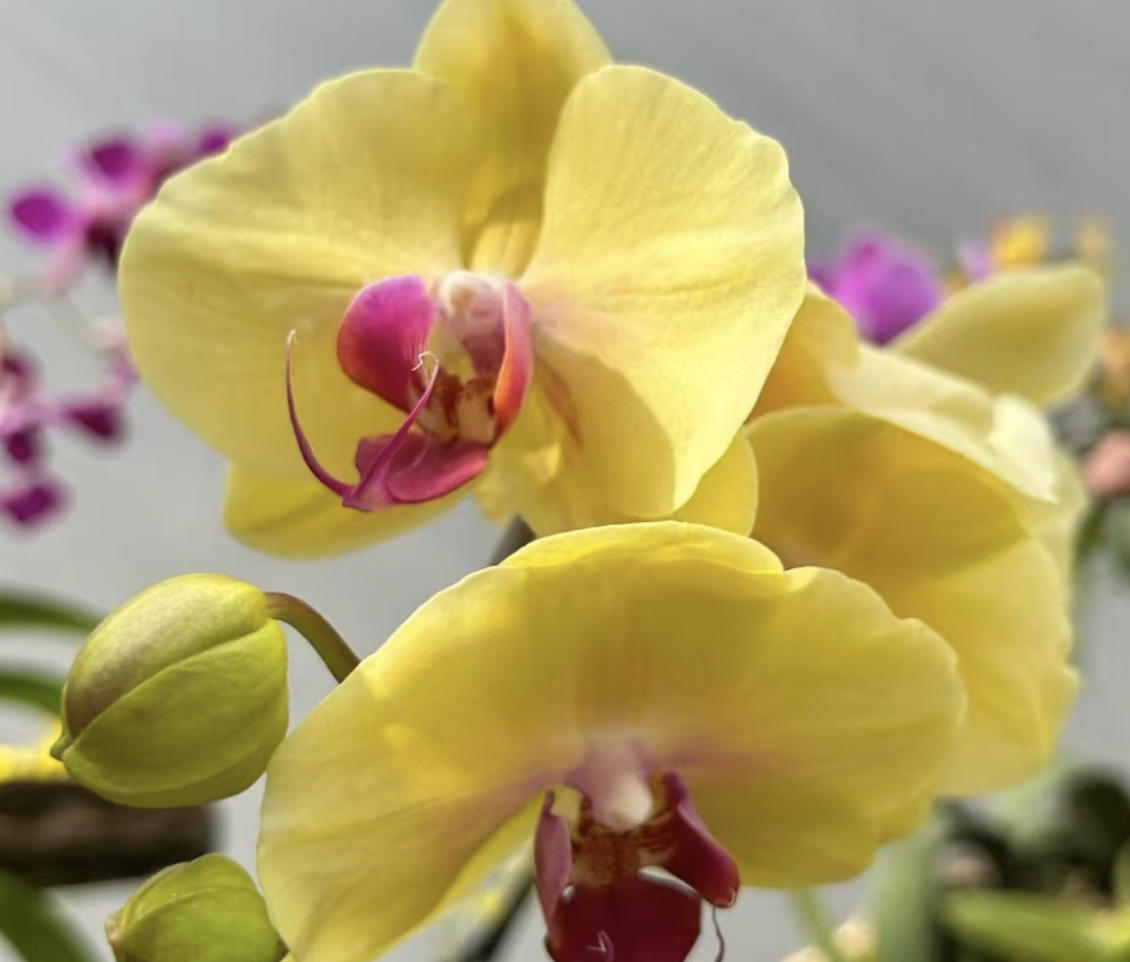In the process of cultivating Phalaenopsis, the health of the substrate (i.e., the soil) is crucial to the growth of the plant. Once the substrate deteriorates, it often shows a series of obvious signs, and it is necessary to take measures to intervene in a timely manner to ensure the healthy growth of Phalaenopsis.
Manifestations of the deterioration of the substrate of Phalaenopsis:
Color change: A healthy substrate of Phalaenopsis usually appears light brown or grayish white, while a deteriorated substrate may darken in color, turning dark brown or even black. This is a direct manifestation of the internal decay of the substrate, meaning that the organic matter in it is being overly decomposed and producing substances harmful to the plant.
Abnormal smell: As the substrate deteriorates, the activity of microorganisms will increase significantly, resulting in the substrate emitting a pungent musty or sour smell. This smell not only indicates that the substrate has deteriorated but may also have an adverse impact on the growth environment of Phalaenopsis.
Stunted plant growth: The deterioration of the substrate will lead to the deterioration of the growth environment of Phalaenopsis, which in turn will affect the normal growth of the plant. Common manifestations include yellowing and drooping of leaves, premature withering of flowers or no flowering. These growth disorders are the direct result of substrate problems.
Methods for dealing with the deterioration of the substrate of Phalaenopsis:
Prune the rotten parts: Once the substrate is found to have deteriorated, the Phalaenopsis should be immediately removed from the container and the damage to the roots and leaves should be checked. For the rotten roots and leaves, clean and disinfected scissors should be used for pruning to ensure that all rotten parts are removed. This can prevent the spread of rot and protect the healthy plant tissues.
Sterilization treatment: After pruning, the wounds should be sterilized with a carbendazim solution. This can effectively reduce the risk of microbial infection and promote the healing of the wounds. After the sterilization treatment is completed, the Phalaenopsis should be placed in a well-ventilated place to dry in preparation for replanting.
Replace the substrate: After dealing with the rotten parts and sterilization treatment, it is necessary to replace the substrate for Phalaenopsis. It is crucial to choose a substrate suitable for the growth of Phalaenopsis. It is recommended to use a mixture of sphagnum moss and sawdust as the new substrate. This mixture has good water retention and air permeability and is helpful for the growth of Phalaenopsis.
Adjust the maintenance methods: In order to prevent the substrate from deteriorating again, it is necessary to adjust the maintenance methods of Phalaenopsis. First, when fertilizing, pay attention to the amount used to avoid excessive fertilization causing the substrate temperature to rise and burn the roots. Second, when watering, wait until the substrate feels dry before adding water to avoid excessive watering and excessive moisture in the substrate. Finally, make sure that Phalaenopsis grows in a warm environment to avoid the plant being frostbitten due to low environmental temperature.
By taking the above measures, we can effectively deal with the problem of the deterioration of the substrate of Phalaenopsis and protect the healthy growth of the plant. During the cultivation process, it is necessary to closely observe the growth status of the plant, and timely detect and handle abnormal situations such as the deterioration of the substrate, so as to provide a good growth environment for Phalaenopsis.
What are the manifestations of the deterioration of the substrate of Phalaenopsis?

Share with
Tagged in :




Leave a Reply